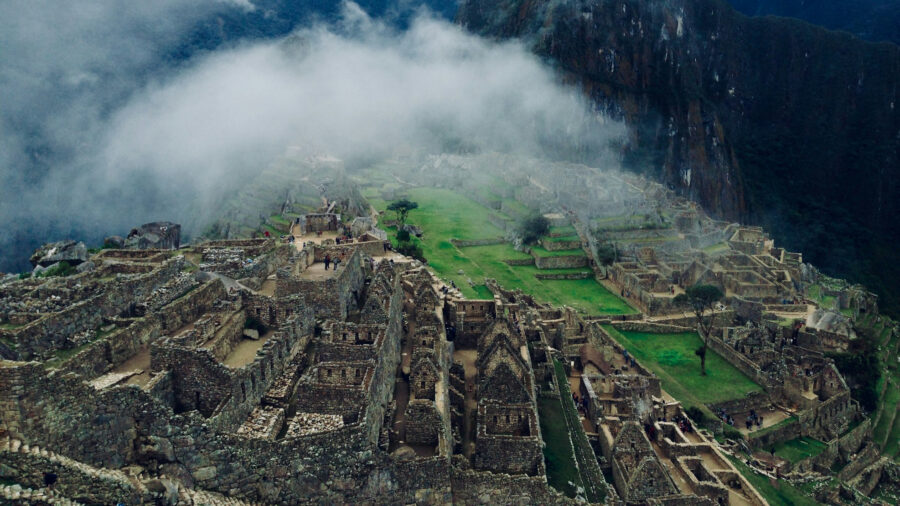Bronze Age City Unearthed In Saudi Arabian Desert

A newly discovered Bronze Age city has given archaeologists some insight into how one settlement managed to avoid the urbanization process and remain relatively closed-off from nearby towns. In a study published in the journal PLOS One, a team of archaeologists discovered al-Natah, a 4,400-year-old heavily-fortified town in the Khaybar Oasis of Saudi Arabia, which was home to roughly 500 people.
A Dense Settlement
In the published study, researchers described the al-Natah site as a modestly-sized settlement, covering approximately 2.5 hectares, or just over 269,000 square feet. By comparison, the Smithsonian Museum in Washington, D.C., has a total area of 1.5 million square feet. The Bronze Age city sat primarily on the high and flat parts of the edge of the al-Natah plateau, with a dense concentration of protohistoric tombs in the western part of the settlement, which featured burial sites in the cemetery that contained metal weapons such as axes, spear points, and bronze daggers, as well as semi-precious stones such as agate and carnelian.
Despite the Bronze Age city’s small stature, the settlement boasted a reasonably organized urban planning layout, with homes that were connected by a series of maintained streets, allowing ease of access among residents. According to Guillaume Charloux, an archaeologist at the French National Center for Scientific Research and leader of the study, the uncovered Bronze Age city offers a glimpse into how the people of al-Natah moved about during their everyday lives. The researchers were able to piece together the layout of the settlement, which featured a central district and a nearby residential district surrounded by protective ramparts.
Small But Well-Defended

According to the research team, the eastern sector of the al-Natah site yielded a large quantity of domestic material, including pottery and grinding stones on its surface, suggesting that the sector was home to the settlement’s residential area. Based on the team’s research, the residential area is composed of a series of approximately 50 to 70 “isolated or connected elongated quadrangular units.” The team of researchers indicates that most of the settlement’s homes are situated in the lower areas of the dig site, “particularly in the bottleneck leading to the wadi,” or even in the high positions on the northeast cliff of al-Natah.
In a statement summarizing their study, the researchers pointed to evidence of a system of walls that were “organized around a residential area,” which spanned 9 miles long, likely aiding the settlement in its defense against raids and other attacks. The southern boundary of the site is demarcated by a large rampart comprised of an “impressive thickness” of a dry-stone structure, ranging between three meters to as wide as six meters. The research team also pointed to the presence of two large towers, which were easily distinguished from other enclosure walls due to their bastions.
The Development Of Cities

Although the Bronze Age city of al-Natah appeared to have a relatively advanced grasp on urban planning, the settlement remained small in size compared to similar towns in Egypt and Mesopotamia. “While urbanization began in Mesopotamia and Egypt in the 4th millennium B.C., our study tends to show that social complexity increased late in north-western Arabia,” Charloux said.
After inhabiting the Bronze Age city for some time, residents of al-Natah eventually left the settlement around 1500 and 1300 B.C. and never returned, which puzzled the team of researchers. “It’s a pertinent question that I can’t really answer at the moment,” Charloux said, suggesting that “we have very few clues about the last phase of occupation.”
Source: PLOS One













Login with Google